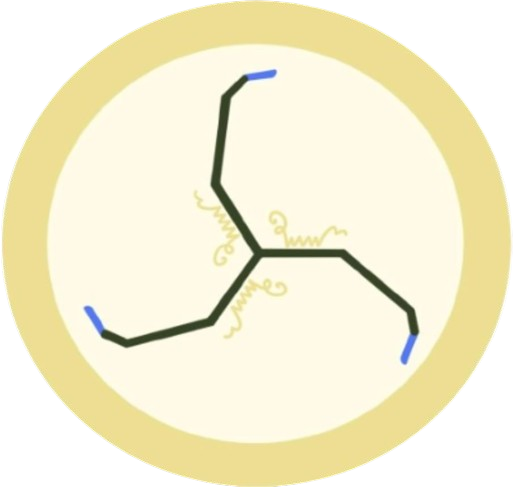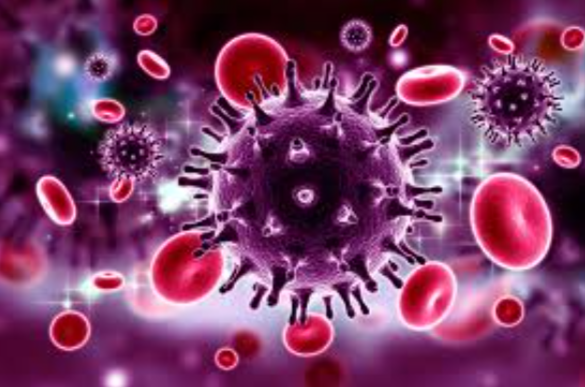Since the HIV epidemic began over 40 years ago, about 88.4 million people have contracted the disease, with about 42.3 million dying from it. These statistics prove the severity of the consequences of HIV as it continues to kill and infect millions of adults around the world. In fact, by the end of 2023, 39.9 million adults were living with HIV. Despite globally high rates of infection, HIV remains stigmatized and treatment is difficult to find due to prejudice and cost.
Unfortunately, there is currently no cure for HIV. Ongoing research and testing will hopefully result in a permanent solution to eradicate the disease completely, yet at the moment we only have treatments. This article will discuss some modern treatments for and possible solutions to the HIV disease.
Methods of Treatment
Over the time of research, over 30 antiretroviral drugs have been approved as treatment against HIV. More than half of these approved drugs are reverse transcriptase (RT) inhibitors. This works as the molecules block the conversion of the viral single‐stranded genomic RNA into double‐stranded DNA (dsDNA), stopping merging with the host genomic DNA.
Unfortunately, due to the fact that there is no one solution, these drugs must be used in combination with other drugs to have an effect. The standard treatment for HIV is to pair at least three antiretroviral drugs together, all three of which will target different steps in the development of the disease so as to limit its spread. Two of the most successful drugs in this field are Islatravir and Lenacapavir. Both Islatravir and Lenacapavir have high levels of potency, low toxicity and are effective against drug‐resistant variants.
For instance, Lenacapavir works on 98% of the population, except the 2% that have multi-drug resistances. It is injected subcutaneously every 6 months after an oral administration period of 2-8 days. Due to the high cost of Lenacapavir, it is not a perfect solution. It also needs to be used in combination with at least one other antiretroviral agent to be effective. The long term effects of Lencapavir are still unknown, as this drug was only recently approved for use.
Biomedical interventions are another strategy to reduce HIV. Pre-exposure prophylaxis (PrEP), is a daily pill that reduces the risk of HIV by having antiretroviral medications in it. PrEP has been proven effective in reducing HIV. Voluntary medical male circumcision (VMMC) reduces the risk of heterosexual HIV transmission by 60%. VMMC is a viable solution as it is cost effective and a one time procedure.
Destigmatizing HIV
Another factor to consider when we are looking at treatments for HIV is the stigma that surrounds the disease. This stigma has prevented treatment from being effectively distributed, and laws and healthcare practices limit people being able to receive the care and treatment that they need. In particular, men who have sex with men, sex workers, and people who use intravenous drugs are particularly at higher risks for contracting HIV. Yet, often, these groups of people have prejudices placed against them. Education and awareness is essential if there is to be any progress in reducing the spread of HIV around the world. Community initiatives which destigmatize HIV and also make treatment more accessible have been working to reduce the prevalence of the disease, which is an action plan that is arguably as equally important as furthering research.
– Mabel Carroll
Sources:
- https://www.who.int/data/gho/data/themes/hiv-aids#:~:text=Global%20situation%20and%20trends%3A,at%20the%20end%20of%202023.
- https://clinicalinfo.hiv.gov/en/glossary/nucleoside-reverse-transcriptase-inhibitor-nrti#:~:text=Antiretroviral%20(ARV)%20HIV%20drug%20class,transcription%20prevents%20HIV
%20from%20replicating. - https://www.ncbi.nlm.nih.gov/books/NBK554533/
- https://pmc.ncbi.nlm.nih.gov/articles/PMC10705863/#:~:text=Lenacapavir%20is%20a%20first
%2Din,dosing%20intervals%20of%206%20months. - https://www.hiv.gov/hiv-basics/hiv-prevention/using-hiv-medication-to-reduce-risk/pre-exposure-prophylaxis#:~:text=PrEP%20is%20highly%20effective%20at,it%20isn’t%20taken%20consistently.
- https://www.hiv.gov/hiv-basics/overview/about-hiv-and-aids/who-is-at-risk-for-hiv
- https://www.who.int/teams/global-hiv-hepatitis-and-stis-programmes/hiv/prevention/voluntary-medical-male-circumcision#:~:text=Male%20circumcision%20reduces%20men’s%20risk,Africa%2C%20
voluntary%20medical…
*Disclaimer: This article has also been posted to our Medium. NernstNaK is the rightful owner of this work on both our website and Medium, and thus stresses that there has been no plagiarism or copying on either account.*

